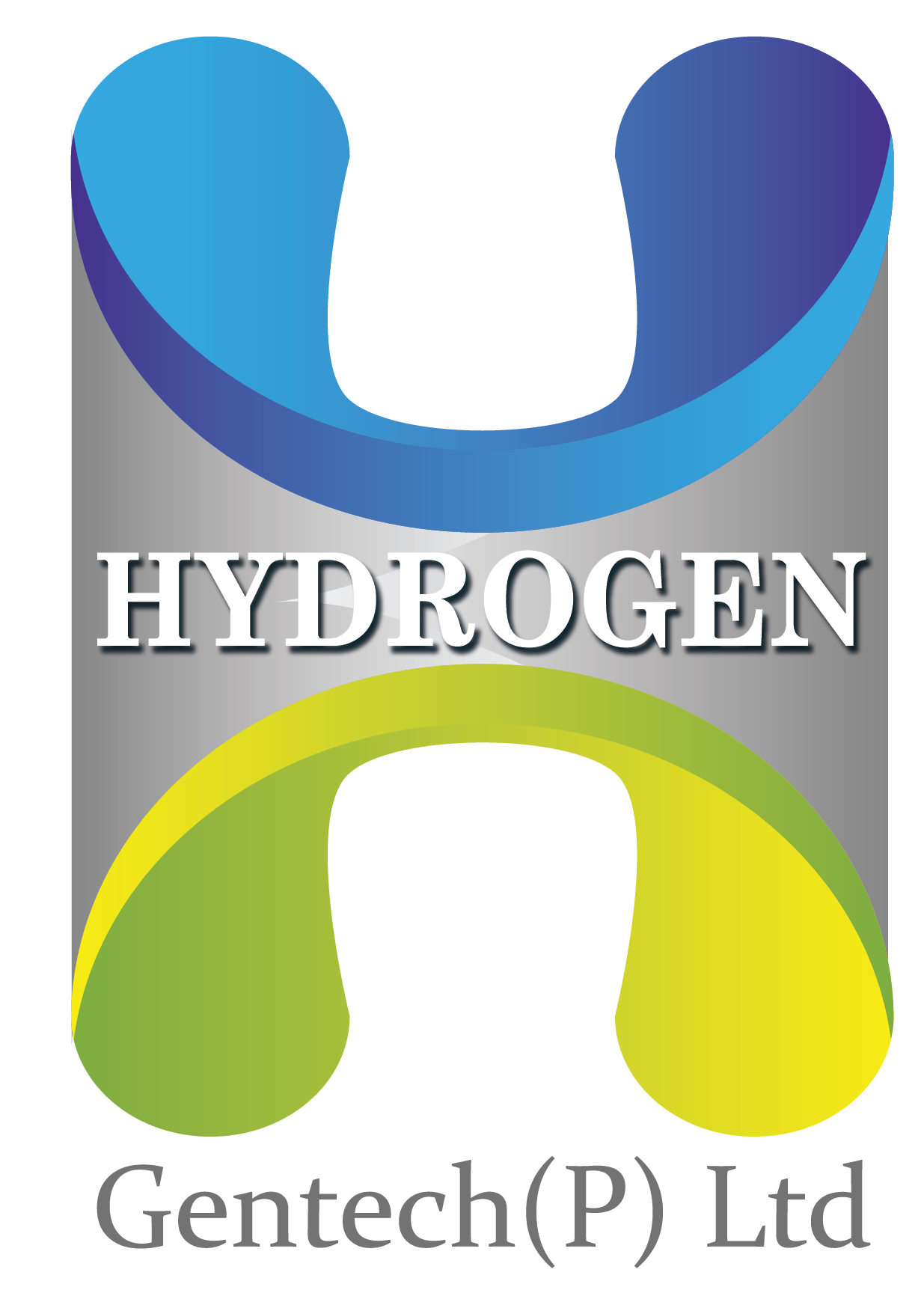As the world intensifies efforts to meet net-zero goals and transition toward sustainable energy, green hydrogen is emerging as one of the most promising alternatives to fossil fuels. It offers the possibility of deeply decarbonizing sectors that have long relied on carbon-heavy energy sources. This article explores how green hydrogen compares to fossil fuels, where it holds the most potential, and what challenges must be addressed for large-scale adoption.
What Is Green Hydrogen?
Green hydrogen is produced by electrolyzing water using electricity from renewable energy sources like solar, wind, or hydropower. Unlike grey hydrogen (produced using natural gas) or blue hydrogen (which uses carbon capture), green hydrogen involves no carbon emissions during production. The only by-product is oxygen, making it a zero-emission fuel.
The basic equation:
H₂O (water) + renewable electricity → H₂ (hydrogen) + O₂ (oxygen)
This clean production pathway positions green hydrogen as a key enabler in the shift toward a carbon-neutral future.
Limitations of Fossil Fuels
Fossil fuels have long powered modern industry and transportation, but their drawbacks are now at the center of climate discourse:
- Environmental Impact: Extracting and burning fossil fuels releases significant amounts of CO₂, NOx, and SOx, contributing to climate change and air pollution.
- Finite Resource: Fossil fuel reserves are depleting, increasing price volatility and long-term energy insecurity.
- Regulatory Pressure: Governments are introducing stringent carbon taxes, bans, and emission mandates to accelerate the transition away from fossil fuels.
These limitations are accelerating the search for scalable, clean, and reliable alternatives—paving the way for green hydrogen.
Why Green Hydrogen Is a Game-Changer
Green hydrogen stands out for its combination of environmental benefits and application versatility:
- Carbon-Free Fuel: The use of green hydrogen emits only water vapor.
- Scalable: Modular electrolyzers can be scaled based on industrial demand.
- Versatile Applications: Hydrogen can be used as a fuel, industrial feedstock, energy carrier, and even for grid-scale storage.
- Energy Carrier: It can store excess renewable energy for later use, enabling better grid flexibility.
For industrial buyers, this means an opportunity to switch to a future-proof, sustainable input material.
Sector-Wise Replacement Potential
1. Steel Industry
The steel sector is one of the largest industrial emitters of CO₂. Traditional blast furnaces use coking coal to reduce iron ore. Green hydrogen offers a low-carbon alternative through the Direct Reduced Iron (DRI) method. This can reduce emissions by up to 90%.
Example: ArcelorMittal and SSAB are piloting hydrogen-based DRI plants in Europe.
2. Ammonia Production
Ammonia production, especially for fertilizers, relies heavily on grey hydrogen via steam methane reforming (SMR). Replacing this with green hydrogen would eliminate nearly 500 million tonnes of CO₂ annually.
Green ammonia also has potential as a zero-carbon maritime fuel.
3. Transport & Mobility
Hydrogen-powered Fuel Cell Electric Vehicles (FCEVs) are gaining traction for:
- Long-haul trucking
- Public buses
- Trains and even aviation
Unlike batteries, hydrogen refueling takes minutes, and fuel cells perform well over long distances.
4. Refineries & Petrochemicals
These industries use hydrogen in hydrotreating, desulfurization, and hydrocracking processes. Green hydrogen can directly replace grey hydrogen to make refining more sustainable.
5. Power Sector
Green hydrogen supports power generation by:
- Enabling long-duration energy storage (convert H₂ → electricity)
- Acting as a feedstock for synthetic methane or ammonia
- Supporting remote/off-grid power supply via hydrogen fuel cells
Current Challenges for Green Hydrogen
Despite its promise, green hydrogen adoption faces several roadblocks:
- High Production Costs: Electrolyzers are expensive, and renewable electricity costs vary by region.
- Efficiency Losses: End-to-end conversion (electricity → H₂ → electricity) has ~30–40% energy loss.
- Infrastructure Gaps: Hydrogen pipelines, refueling stations, and storage solutions are still limited.
- Material Scarcity: Electrolyzers require rare materials like iridium and platinum.
Global Policy Support Is Accelerating Adoption
Recognizing hydrogen’s potential, several countries are putting policy and capital behind the transition:
- India: Under the National Green Hydrogen Mission, India targets 5 million metric tonnes (MMT) of annual production by 2030.
- EU: Hydrogen is central to the EU’s decarbonization roadmap, with funding and infrastructure support.
- USA: The U.S. has committed over $8 billion in funding for hydrogen hubs.
These initiatives reduce barriers to entry, stimulate investment, and provide a framework for public-private partnerships.
B2B Opportunities in the Green Hydrogen Transition
For manufacturers, EPC contractors, and industrial clients, the rise of green hydrogen opens up:
- New product development (electrolyzer components, hydrogen-ready turbines, etc.)
- Sustainability-linked contracts (green steel, green ammonia, low-carbon fuels)
- Export potential to global markets demanding clean energy inputs
- Strategic partnerships across renewables, infrastructure, and hydrogen supply chains
Forward-looking businesses can gain early-mover advantages by adapting to hydrogen-ready technologies.
Green hydrogen will not replace fossil fuels overnight, but it is on track to become the cornerstone of low-carbon industry, transport, and power. Its modularity, versatility, and zero-emission credentials make it an indispensable part of future energy systems.
For B2B stakeholders, the message is clear: embrace green hydrogen early to stay competitive, relevant, and sustainable in a rapidly changing energy landscape.
Need a partner for hydrogen projects?
Hydrogen Gentech Private Limited (HGPL) provides modular, scalable hydrogen purification, recovery, and EPC services for industrial applications. Connect with us today to future-proof your operations.

